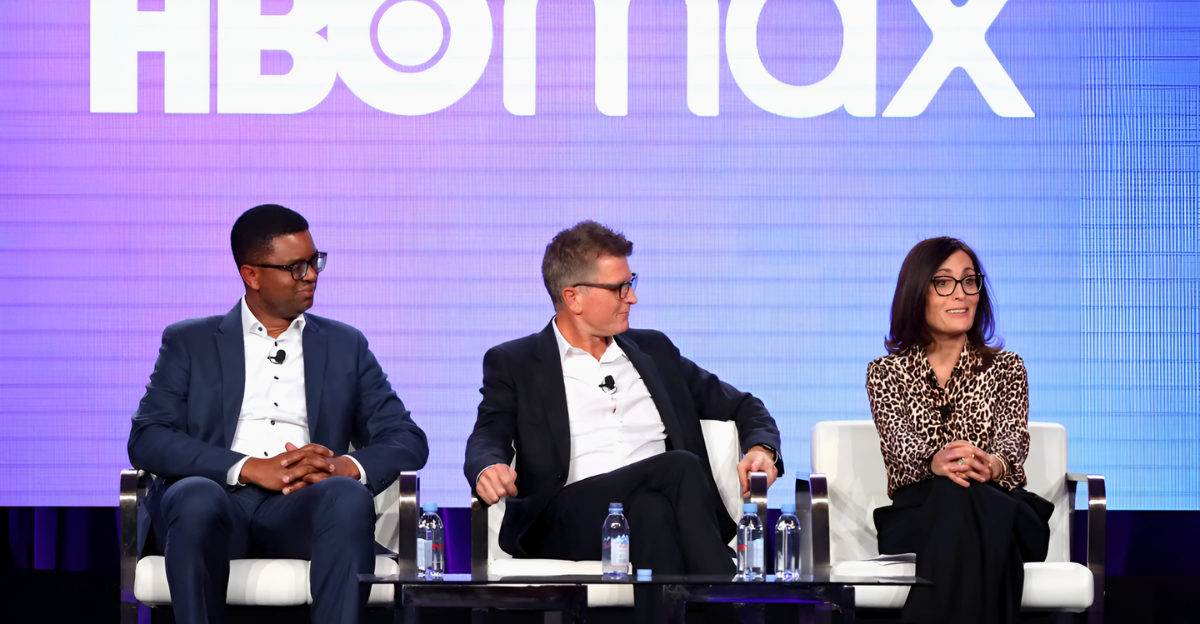
After a two-year detour, HBO’s iconic name is returning to the screens of 122.3 million subscribers worldwide. Warner Bros. Discovery is walking back its “Max” branding experiment, admitting it watered down HBO’s high-end image.
CEO David Zaslav told advertisers the platform added 22 million subscribers over the past year, but surveys showed most people still called it “HBO.” In fact, 67% associated “quality” with the HBO name, only 18% said the same about Max. The return to “HBO Max” tightens brand identity without raising prices. But what else does this reversal bring back into focus?
Six Names in Fifteen Years

The upcoming rebrand marks the service’s sixth name since 2010: HBO Go, HBO Now, HBO Max, Max, and now HBO Max again, not counting regional spinoffs. Industry insiders joke it’s had more identities than some channels have time slots.
Each name change tried to fix a different problem, from mobile access to the Discovery+ merger, but the constant churn confused users trying to find hits like Succession or The Last of Us. Could this be the final identity, or is another shake-up already in the wings?
Prestige vs. Reach
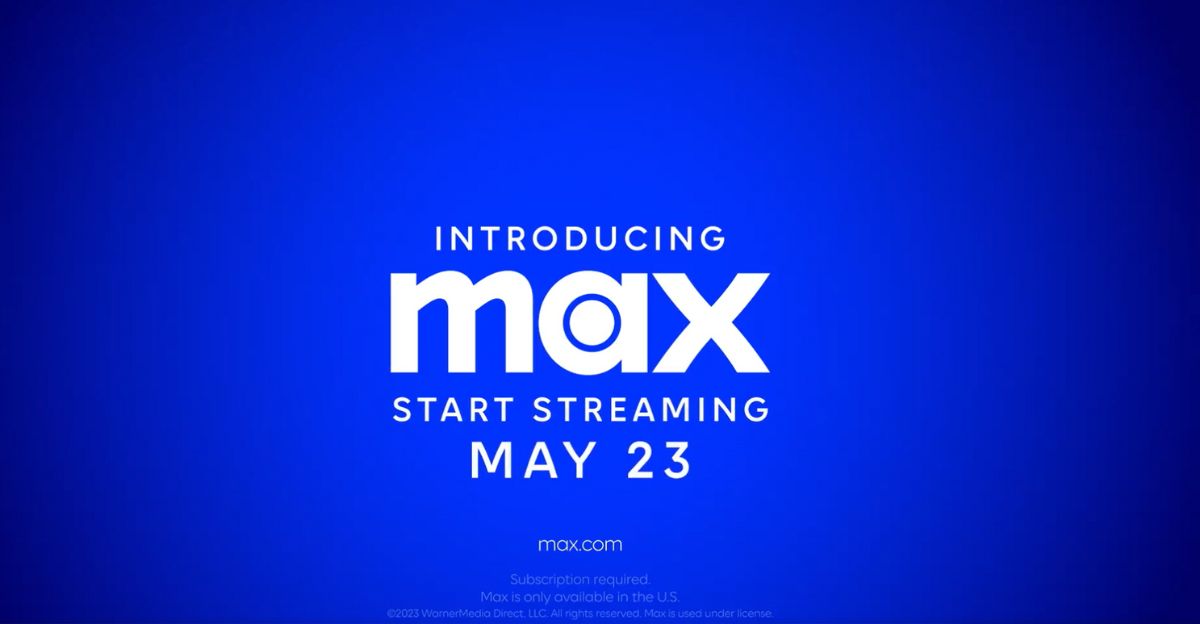
In 2023, HBO was dropped from the name to appeal to families turned off by its adult dramas. “Max” promised something for everyone, including Shark Week and Harry Potter. But it didn’t land. Discovery reality shows saw an 11% drop in weekly viewership in 2024, while HBO originals rose 16%.
The pivot back signals a renewed focus on premium content, not just content volume. Disney+ and Netflix are still banking on massive libraries, but WBD is betting that a narrower, prestige-driven strategy will stand out.
Wall Street Is Watching
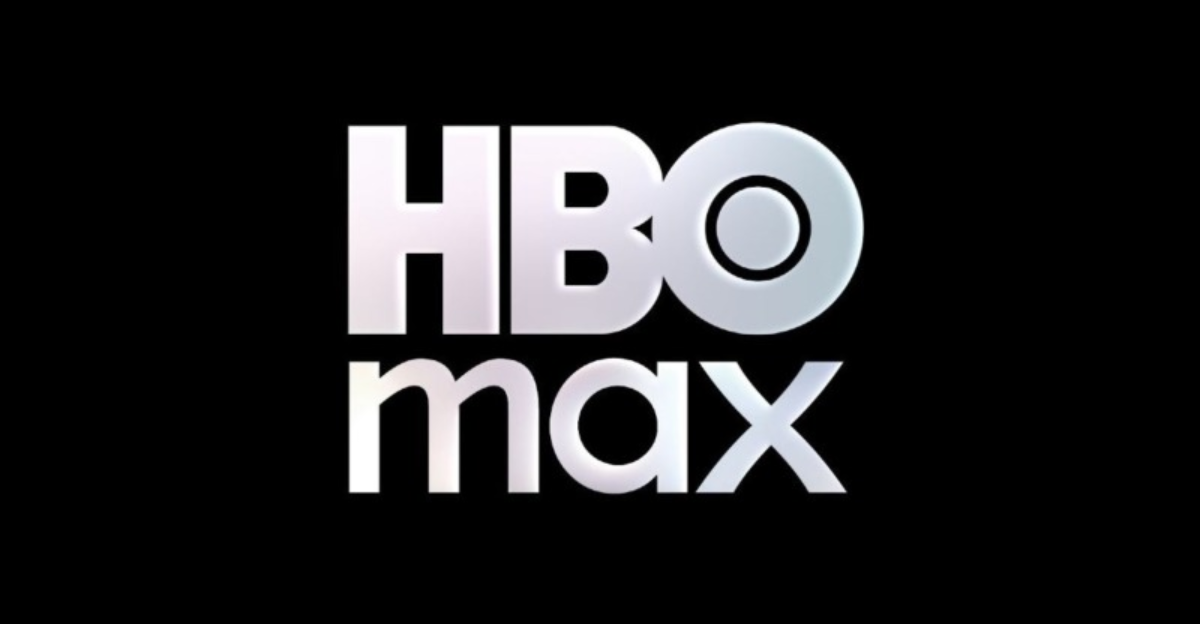
WBD has trimmed streaming losses by nearly $3 billion in two years, but it’s still weighed down by $40 billion in debt. After the HBO revival, Barrington Research upgraded the stock, saying the brand justifies higher prices and premium ad rates.
Moody’s, however, warned that users who favor reality content might cancel. With a target of 150 million subscribers by 2026 and $1 billion in segment profit next year, the stakes are high. July’s subscriber numbers will show if this branding play sticks, or stumbles.
The Quiet Comeback
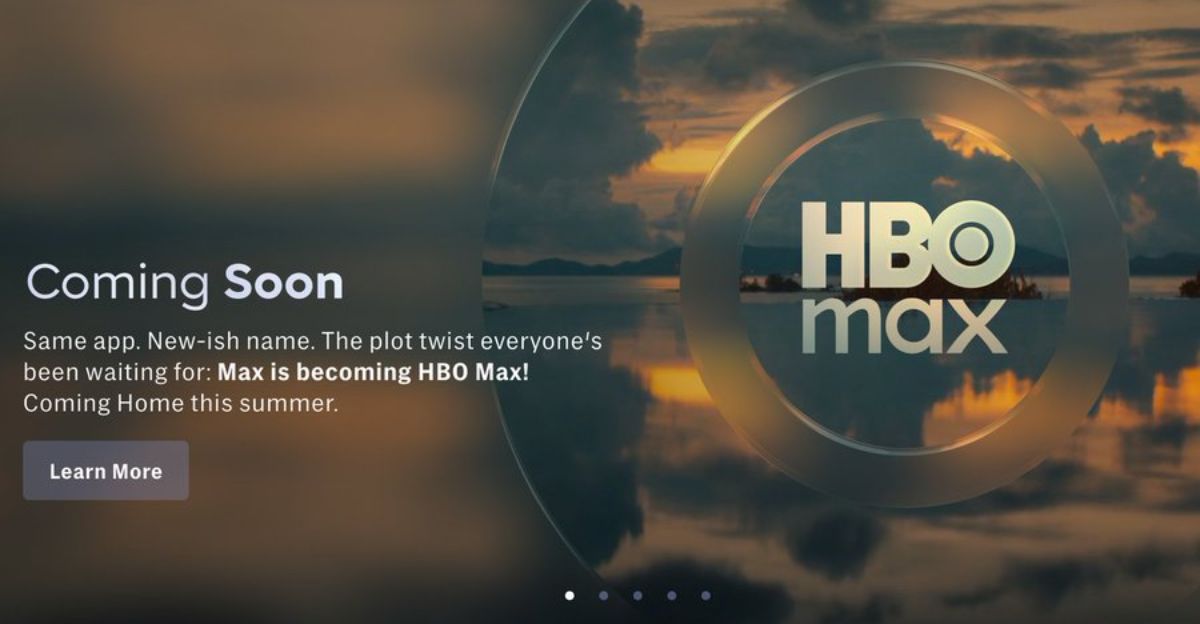
At 3 a.m. ET on July 9, 2025, HBO Max returned, silently. Apps auto-updated without requiring a download. A one-minute highlight reel hit social media with the message, “We’re back.” Casey Bloys even joked, “I still have stationery from last time.”
Unlike the 2023 overhaul, no changes hit pricing, logins, or subscriptions. The timing was deliberate: just ahead of Emmy voting on July 15. One hiccup? X (formerly Twitter) wouldn’t hand back the @hbomax handle, fueling meme chaos just hours into the relaunch.
Ripple Effects in Asia
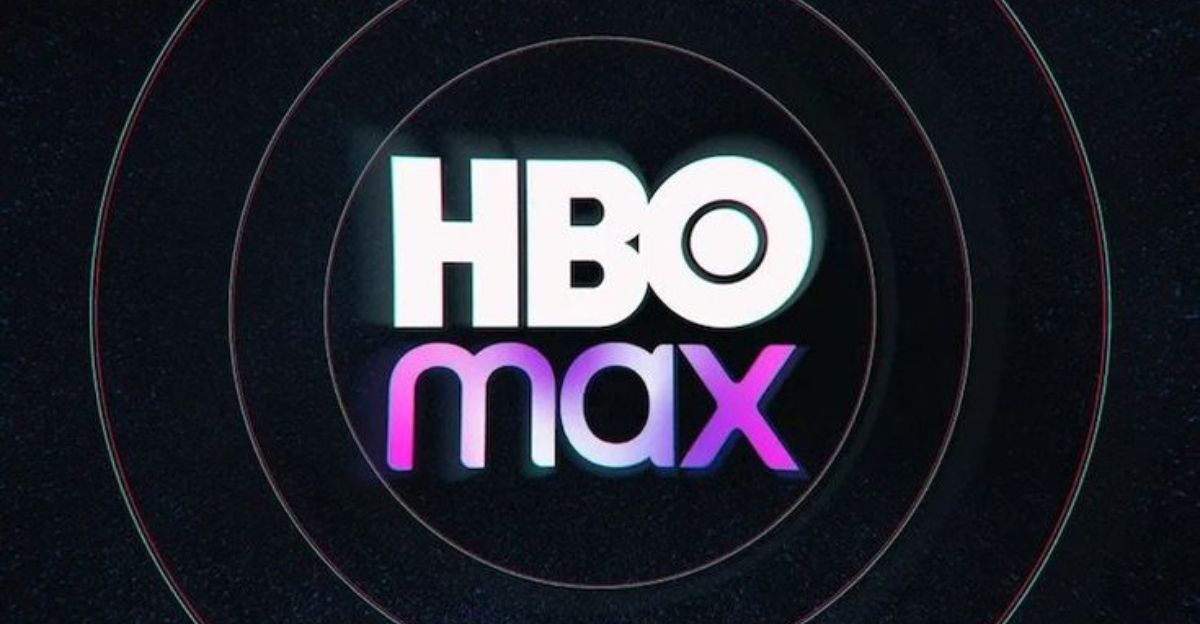
The shift caught international teams off guard. In Singapore, Malaysia, and Indonesia, Max billboards had just gone up when the news dropped. Now, regional partners are racing to replace logos before HBO Max launches in Australia and Japan this August.
Michael Brooks, WBD’s managing director for ANZ, called the switch “clean,” since users already tied Max to HBO. Still, agencies say the creative overhaul will cost around $8 million across Asia-Pacific. Local telco bundles also need rewiring before September’s rollout. The question now: can this scramble create fresh momentum?
Fans React with a Wink
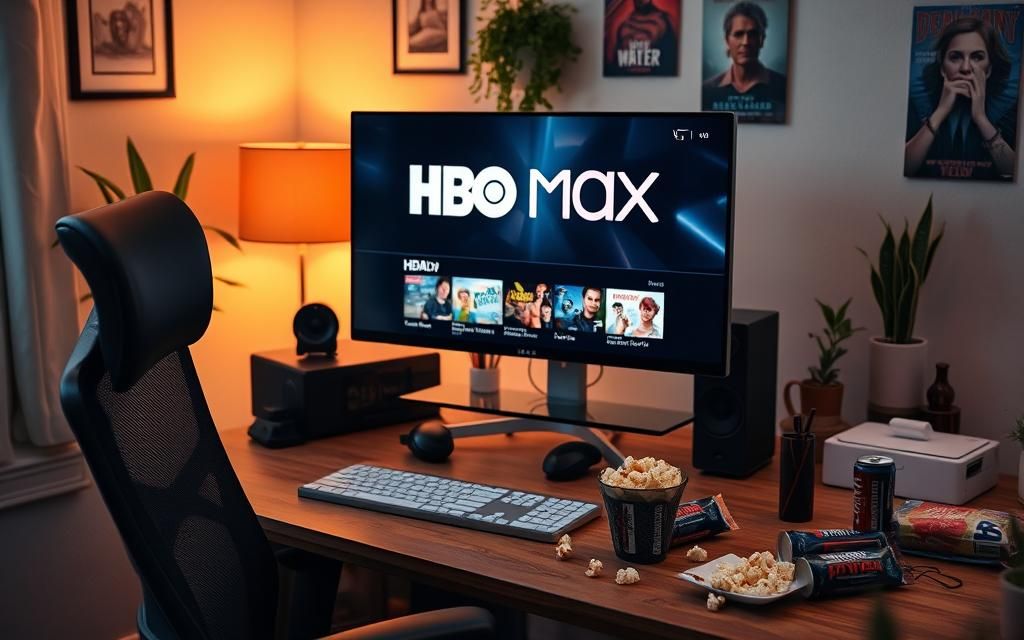
Many subscribers responded to the name change with a mix of relief and humor. “Explaining to my friends I work at HBO Max again,” joked the @StreamOnMax account, posting a Matthew McConaughey GIF that racked up 1.2 million views.
According to strategist Dana Fischl, this tongue-in-cheek tone helped calm criticism. Sentiment jumped from 18.7% positive before the announcement to 22.8% after the meme wave. Still, some users worry that repeated rebrands might eventually wipe out watch histories, an old fear from earlier migrations. Can WBD keep the goodwill going?
Rivals Take Note
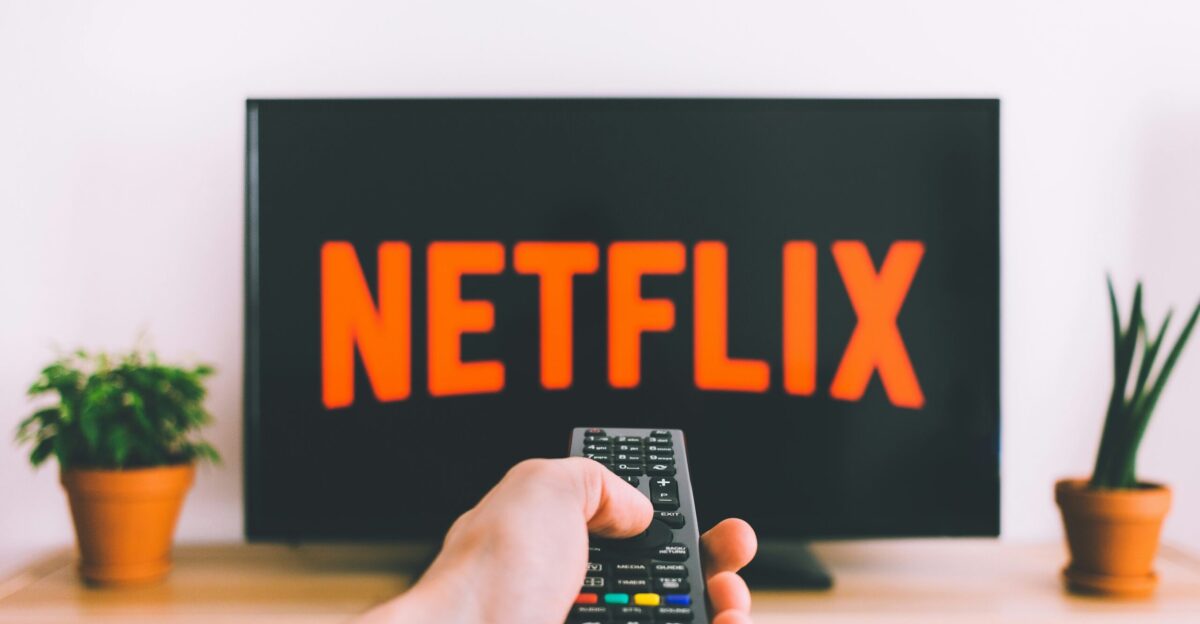
Netflix’s Ted Sarandos called the original name drop “a surprise,” but insiders say he privately acknowledges this reversal sharpens HBO’s award-season edge. Disney+ just crossed 203 million subscribers, while Amazon Prime Video is prepping its ad tier.
With HBO Max doubling down on prestige, it avoids competing on pure content volume. That could push rivals like Peacock and Paramount+ to reconsider their all-things-for-everyone approach. The streaming wars may be splitting into two camps, broad appeal versus brand identity.
Data Drove the Decision
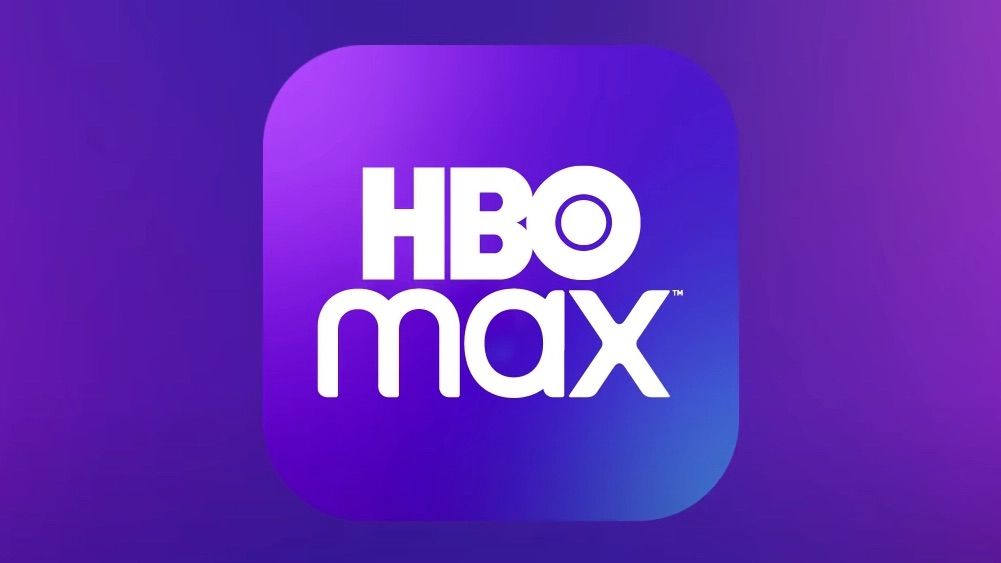
According to internal data revealed at the Upfronts, 74% of users who canceled Max blamed “nothing new I wanted” during its reality-heavy months. Just 29% cited price. Globally, HBO shows drove 61% of first-month streams even though they made up less than 20% of the catalog. That suggests leaning into HBO could boost engagement without flooding the platform with new content.
Average revenue per user is projected to rise from $14 in 2025 to $17 in 2026 if premium users stick around. WBD hopes that will offset international losses, which won’t break even until late 2027.
What Comes Next?
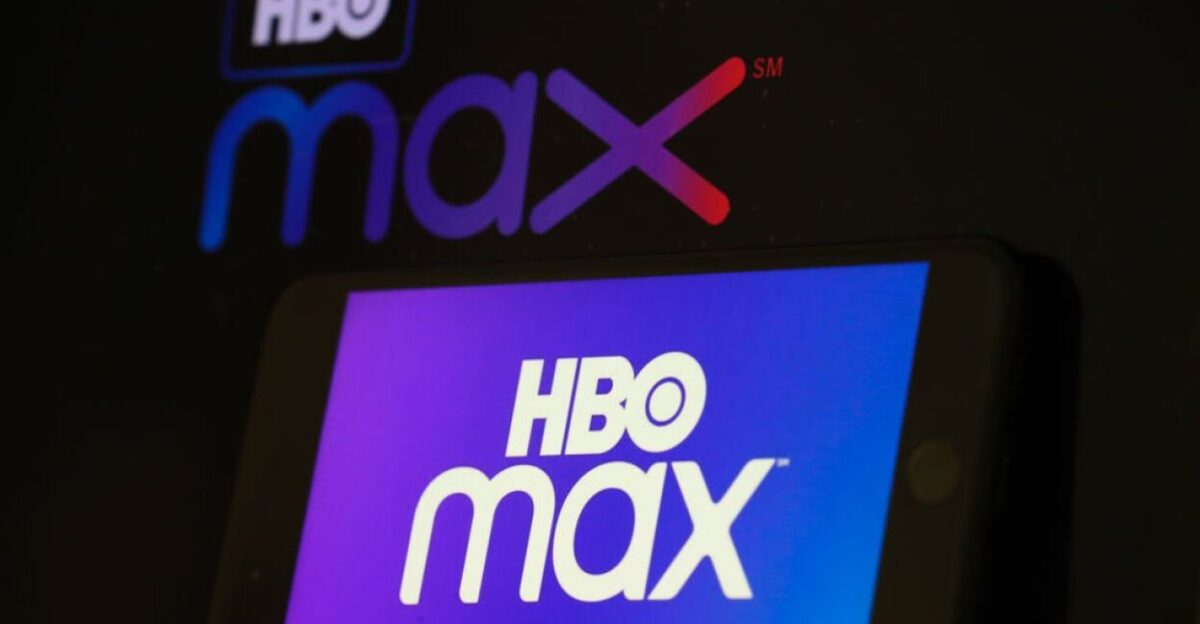
Now that the HBO name is back, attention shifts to what happens next, starting with Emmy night, international launches, and the next earnings call in November. Will this return to prestige boost subscriptions and settle Wall Street nerves? Or could future changes, like rising sports-rights costs, tempt WBD to add yet another brand layer?
For now, the message is clear: “HBO Max is here to stay.” But in the unpredictable world of streaming, even that might just be the setup for the next big twist.
